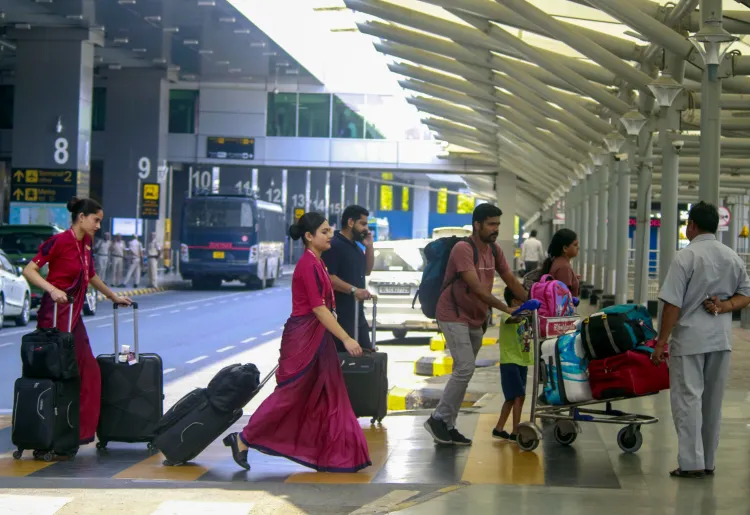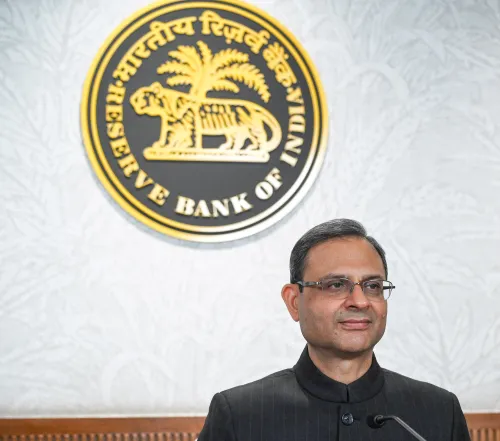Has Delhi Airport Joined the Global 100-Million-Plus Club with 109 Million Passenger Capacity?

Synopsis
Key Takeaways
- Delhi Airport has a passenger capacity of 109 million.
- Only six airports worldwide are part of the 100-million-plus club.
- Plans are in place to modernize Terminal 2.
- India now operates 162 airports, a significant increase over the last decade.
- The RCS-UDAN scheme has operationalized 637 routes.
New Delhi, Aug 18 (NationPress) Delhi’s Indira Gandhi International Airport (IGIA) has officially entered the prestigious 100-million-plus club of international airports, boasting an impressive annual passenger-handling capacity of 109 million.
As per data released by the Official Airline Guide and airport authorities, this exclusive group comprises only six airports globally.
The landmark achievement occurred in May 2023 following the full operationalization of Terminal 1, with the airport closing 2024 with enhanced capacity. Besides Tokyo Haneda, it stands as the sole airport in Asia within this elite category, managed by Delhi International Airport Limited (DIAL).
To further augment the airport's total capacity, plans are underway to revamp and modernize Terminal 2.
A recent official report highlights that the Indian aviation sector has experienced a remarkable transformation over the past decade, driven by effective national initiatives such as PM GatiShakti, the National Logistics Policy, Bharatmala, Sagarmala, and UDAN.
India now operates 162 airports, including heliports and water aerodromes, a significant increase from 74 in 2014, according to the report.
Data presented to Parliament indicates that Indian airports managed 412 million passengers in 2024–2025, comprising 77 million foreign and 335 million domestic travelers, marking a 9 percent increase compared to the previous year.
The Regional Connectivity Scheme-Ude Desh ka Aam Nagrik (RCS-UDAN), introduced in 2016, aims to enhance regional air connectivity and make air travel more affordable for the general public.
Since its launch, the program has operationalized 637 RCS routes — including 15 heliports and two water aerodromes — connecting 92 underserved and unserved airports. These budget flights have transported over 1.51 crore passengers.
During the Northern Region Ministers' Conference last month, Civil Aviation Minister Ram Mohan Naidu announced that the nation has inaugurated 88 new airports in just ten years, averaging nearly one new airport every 40 days, along with an additional 60 flights every hour.
The minister asserted that air travel has become more accessible and economically viable in India.
Naidu reiterated the ministry's dedication to inclusive aviation growth through cooperative, state-specific strategies, emphasizing that Indian skies are becoming increasingly connected, competitive, and collaborative under the leadership of Prime Minister Narendra Modi.










